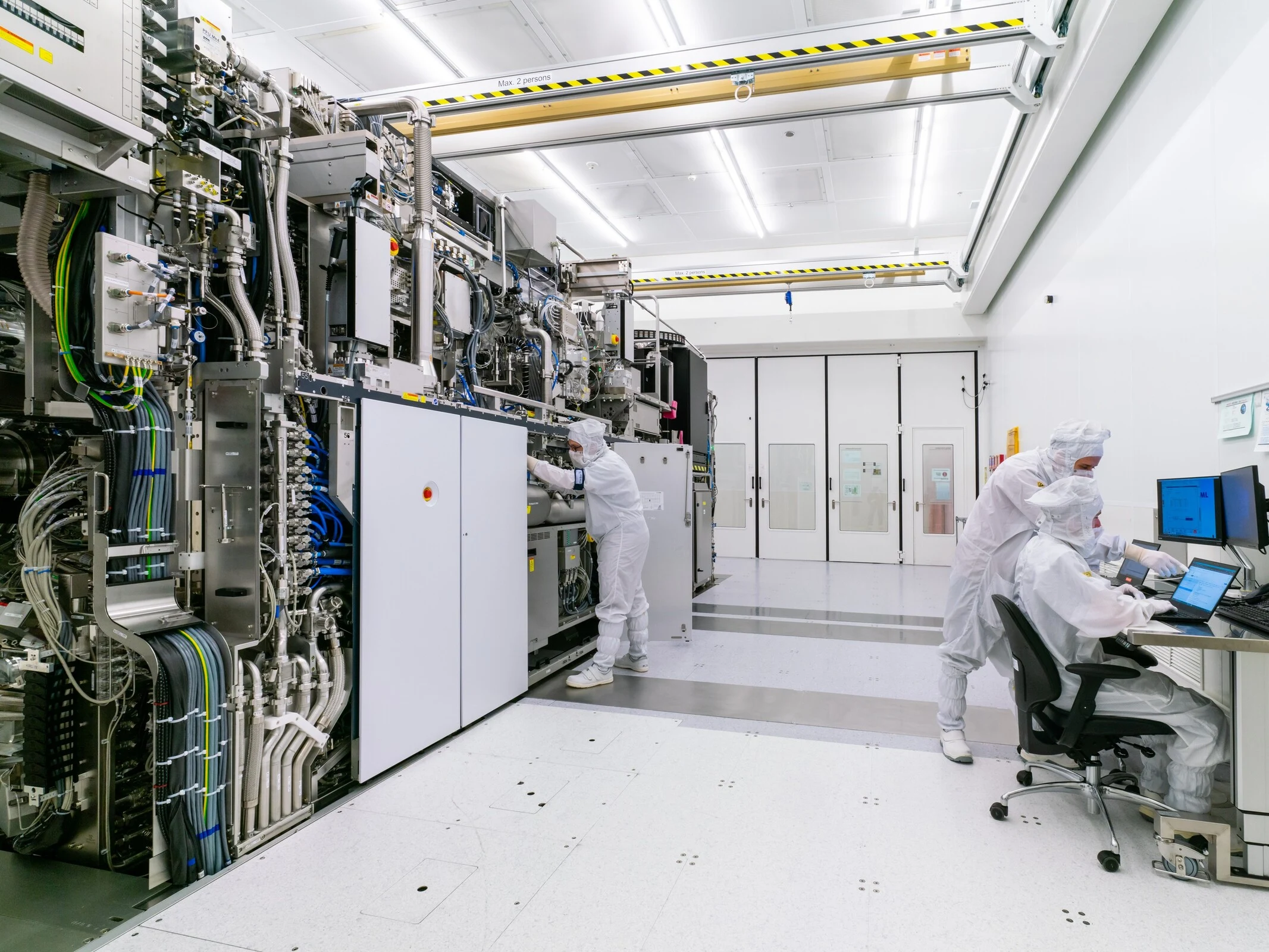Key Takeaways
1. MCST plans to produce locally made 28-nanometer chips by 2030, focusing on server-class processors using home-grown silicon.
2. Russia’s domestic supply chain is improving, with new photolithography tools being developed, but mass production capabilities are still limited.
3. Key challenges include aligning process recipes, sourcing materials, and ensuring quality control for the new chip manufacturing facility.
4. Licensing issues hinder the use of x86 and Arm technology, pushing MCST to rely on its own Elbrus architecture for efficiency and security.
5. A significant software gap exists, as there are not enough skilled engineers to adapt software for the Elbrus platform, impacting its acceptance in the market.
Russia is gearing up to send out locally made 28-nanometer chips by the end of this decade. At the core of this initiative is MCST, the organization behind the SPARC-based Elbrus CPU series. Konstantin Trushkin, the Deputy Director, mentioned that the first production facilities are expected to be operational between 2028 and 2030. This timeline provides MCST with ample opportunity to launch server-class processors that utilize home-grown silicon.
Progress in Domestic Equipment
The domestic supply chain is making strides despite starting from a significant deficit. In March 2025, the state-supported ZNTC finished a 350-nanometer photolithography tool and plans to showcase a 130-nanometer version in 2026. However, neither of these tools has reached mass production yet. Currently, Russia can only prototype using these older technology nodes; any finer processes require outsourcing or grey-market imports, such as used ASML PAS 5500 scanners.
Challenges Ahead
Although a 28 nm fab is planned, the industry still faces challenges in aligning process recipes, obtaining materials, and maintaining quality control. Trushkin points out that transferring a complex chip design to a new facility necessitates a skilled partner who can work on silicon and tooling together to solve problems.
Licensing Issues and Security Concerns
The barriers of licensing prevent the use of x86 and Arm intellectual property for local mass production. MCST supports Elbrus, its own VLIW architecture, which maximizes efficiency per unit of silicon area. Security issues bolster its argument: officials consider imported processors as unverifiable and, therefore, a potential risk to national systems.
The Software Gap
Just having the hardware won’t make Elbrus widely accepted. Dmitry Gusev, the deputy head of InfoTeKS, recalls how he abandoned Elbrus six years ago due to a lack of engineers who could adapt code for the platform. This gap in skills still exists. Software companies will continue to compete for the same limited talent unless universities and training institutions broaden the Elbrus curriculum.
Assuming the 28 nm fab is operational by 2028, MCST anticipates launching market-ready server processors by 2031. However, this timeline depends on having a dependable production partner, established process flows, and a supportive software ecosystem—none of which are assured at this moment.
Source:
Link


Leave a Reply